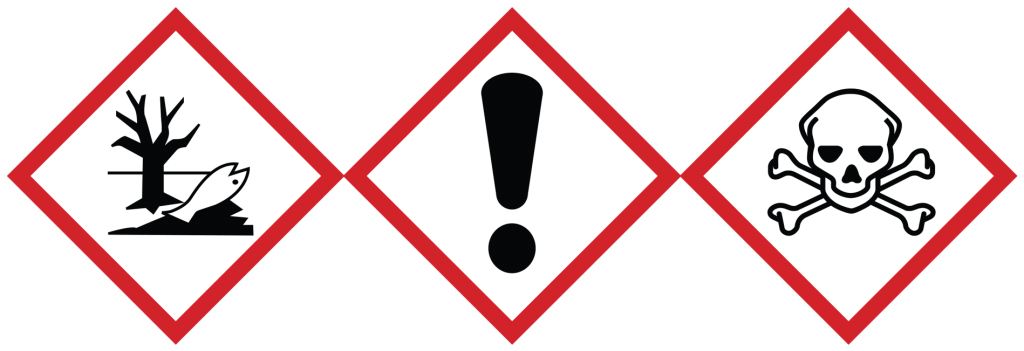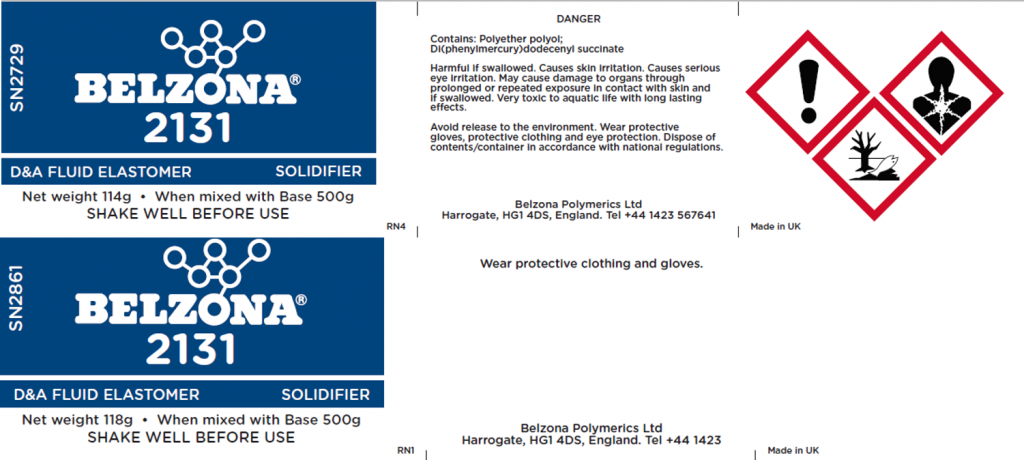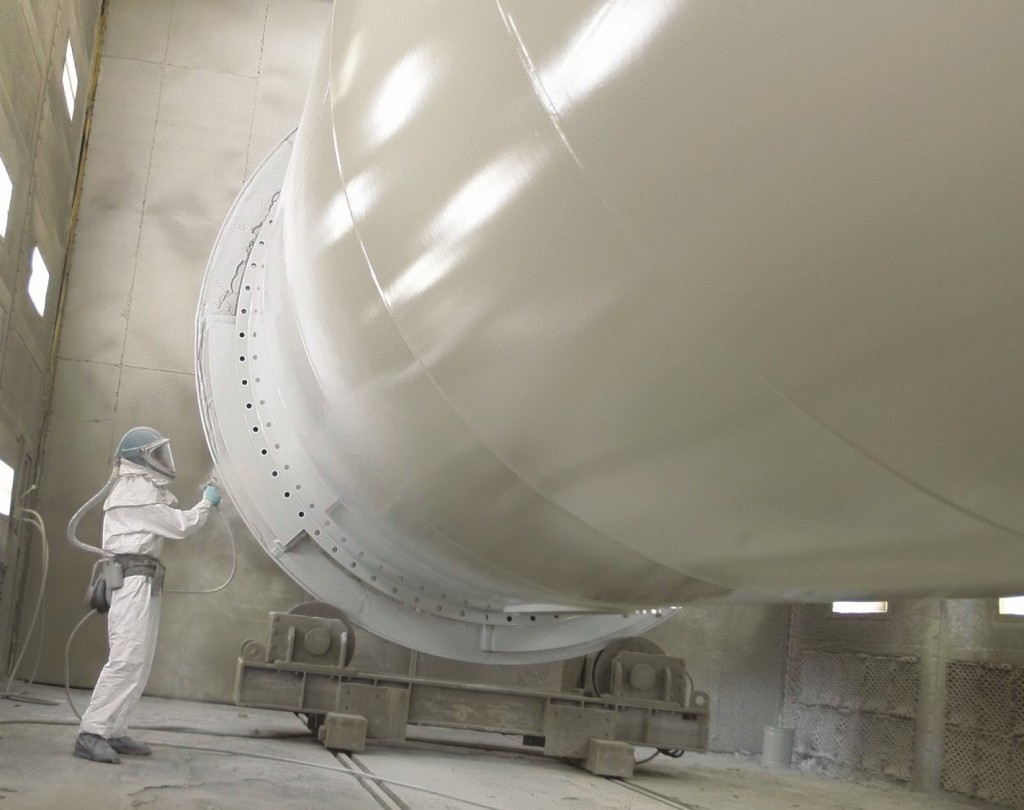When polymeric repair materials and coatings were first introduced in industrial maintenance, they revolutionised the way in which the repair and protection of machinery, equipment, buildings and structures was performed. Several decades later and the polymeric repair materials market has changed significantly, yet Belzona still remains at the forefront of innovation and advancement in this field. So, what differentiates Belzona from others within the industry? This blog post forms the first of a three-part series which will explore how Belzona has achieved longevity in this market whilst ensuring that quality, safety and service have remained at the highest of standards, as well as analysing the current and future challenges in the industry. Specifically, this post will examine the chemical composition of coatings, our approach to hazardous substances and how they can be managed.
Understanding chemical composition
Polymeric repair materials were almost unheard of when they entered the market, yet now industries have reached a point where the use of coatings and composite repair materials are preferred to many traditional industrial practices. For many, they have overtaken methods such as welding and other forms of hot work, due to improved health, safety and additional benefits such as corrosion and erosion resistance. The chemistry of polymers allows these systems to be produced with a broad range of properties.
The majority of base components used in industrial coating polymers (binders) are synthetic e.g. alkyds, epoxies, urethanes and silicones. Although most chemicals used in the composition of these synthetic binders can be made and used safely, there are those that can have unintended harmful effects.
Hazardous chemicals can pose substantial problems for both the environment and human health; therefore, improved management procedures and preventive policies are required to monitor the use of these substances. This includes strengthening the existing controls and responsibilities surrounding hazardous chemicals and formulating materials with less harmful chemicals during design, production and application phases.

Belzona’s approach to hazardous substances
Awareness of concerning chemicals, coupled with a proactive approach to eliminating hazardous substances, enables manufacturers to protect end-users, comply with market legislation and protect the environment. Jason Horn, R&D Chemist for Belzona, highlights: “By taking a pro-active approach to chemicals management, we stay ahead of any future regulatory changes and restrictions. There is an on-going commitment to health and safety within the Belzona organisation and we are always looking to make our materials safer to handle and use, in order to protect staff, the end users and the environment”. As a result, there are certain hazardous substances that Belzona looks to actively remove from both repair materials and coatings alike. Among others, these include:
– Bisphenol A and alkylphenol
– Organo-mercury compounds
– Isocyanates
Bisphenol A and alkylphenols
Bisphenol A (BPA) has been widely used in the manufacture of epoxy-based building materials, high performance coatings, adhesives and composites. Used as an accelerator for epoxy systems, this component assists by providing faster cure times, particularly at low temperature. Similarly, alkylphenols, including nonylphenol and t-butylphenol, are commonly used plasticiser accelerators in epoxy-amine systems. Both are very effective plasticizers that lower viscosity and improve the cure speed of epoxy systems.
However, these chemicals are classified as CMR (Carcinogenic, Mutagenic, Reprotoxic) substances and are also toxic to the environment. In fact, some EU Member States have introduced national bans on the inclusion of BPA in food and drinks packaging due to the associated hazards with contact.

Undertaking the reformulation of existing epoxy-based materials, Belzona has worked to remove hazardous substances such as alkylphenol & bisphenol A in the range. Alkylphenols, including nonylphenol and t-butylphenol, are frequently components of formulated amines and have traditionally been used in Belzona products. However, Belzona has actively targeted the removal of these components, to the point where nearly all Belzona materials exclude nonylphenol components.
Jason Horn explains: “It is in our interest to remove both t-butylphenol and bisphenol A from our products to make them safer for use and to protect the environment. It is important to do this without impacting on the performance of the materials. We are pleased to announce that, as a result of recent reformation work, Belzona 1131 (Bearing Metal), Belzona 1161 (Super UW-Metal) and Belzona 1321 (Ceramic S-Metal) are now all alkylphenol-free.”
Organo-mercury compounds
Many different types of catalyst can be used in the production of polyurethanes and, along with other manufacturers, Belzona has traditionally used very low levels of mercury-based catalyst in the production of its polyurethane elastomers. Organo-mercury catalysts are extremely effective at providing a good balance between working life and rapid cure, leading to high mechanical strength. However, mercury-based materials are hazardous and pose a risk as potential CMRs. In fact, the U.S. Environmental Protection Agency (EPA) consider these compounds to be a bioaccumulative, environmental hazard and toxic to humans, ecosystems and wildlife.

First introduced in 1985, Belzona Elastomers were formulated using a mercury-based catalyst. Yet, in line with Belzona’s proactive approach to safety and the environment, there has been a desire to replace the mercury-based catalysts within the Elastomer range. Following the 2014 launch of the mercury-free Belzona MP Elastomers (2200 Series), Belzona has now released a full range of mercury-free Elastomers with the reformulated Belzona D&A Elastomers (2100 Series). Jason Horn says: “In addition to improving human safety, we want to ensure our products cannot harm the environment. Therefore, Belzona actively looks to remove and replace any ingredients that could have a significant environmental impact. By doing this, we ensure that our materials are as safe and green as possible and we aim to achieve this without compromising performance.”
Isocyanates
Another significant hazard, potentially associated with polyurethane systems, is the use of isocyanates. Isocyanates are a family of reactive chemicals, which can react with compounds containing alcohol (hydroxyl) groups to produce polyurethane polymers. Repeated exposure to some isocyanates can lead to occupational asthma and other lung problems, as well as irritation of the eyes, nose and throat. Allergic skin reactions can also be possible
Following reaction to form the hardened or cured polyurethane product, isocyanates are no longer active and therefore, pose no harm. Therefore, the potential for exposure comes during the application process, with isocyanates posing significant risk during spray application. Spray application generates a mist which can be readily inhaled and can lead to respiratory sensitisation or occupational asthma. As a result, it is important to ensure adequate protection when handling these materials e.g. adequate personal protective equipment (as detailed by the Safety Data Sheet).

Isocyanates are very difficult to replace entirely because of the performance benefits offered by polyurethane systems and, indeed, Belzona uses materials containing isocyanate, primarily in the Belzona 2100 and Belzona 2200 Series elastomers. However, these are relatively safe isocyanates as they are predominantly isocyanate pre-polymers with little or no free isocyanate. A pre-polymer has a lower isocyanate content by weight, as well as a lower volatility, which significantly reduces the hazards. As a result, they do not readily become airborne, posing only a small health risk to the user. Belzona’s cold-applied polymeric materials also do not require any hot work and allow for simple and safe application by hand without spraying, thus minimising the health and safety risks.
As an alternative to polyurethane based systems, Belzona has also developed flexible isocyanate-free technology for some applications, for example, as seen in Belzona 3411. This system offers peelable and resealable corrosion protection for flanges and other bolted assemblies. The non-hazardous solution features the flexibility of a polyurethane elastomer but is based on a completely new technology excluding the use of isocyanates and toxic metal catalysts.
Adapting the science into solutions
Ensuring that hazardous substances are eliminated or at the very least minimised is crucial as the industry continues to progress. With increased legislation and awareness, chemical management has become integral for any manufacturer and their processes for sourcing materials and system designs. As a result, Belzona endeavours to keep health, safety and environmental protection at the forefront of all product development, without jeopardising quality and performance. The next post in the series will examine what differentiates Belzona in terms of development of products, journeying through the processes of Research and Development, Quality Control and Manufacture.






Pingback: belzona-industrial-protective-coatings-composites-differentiating-belzona